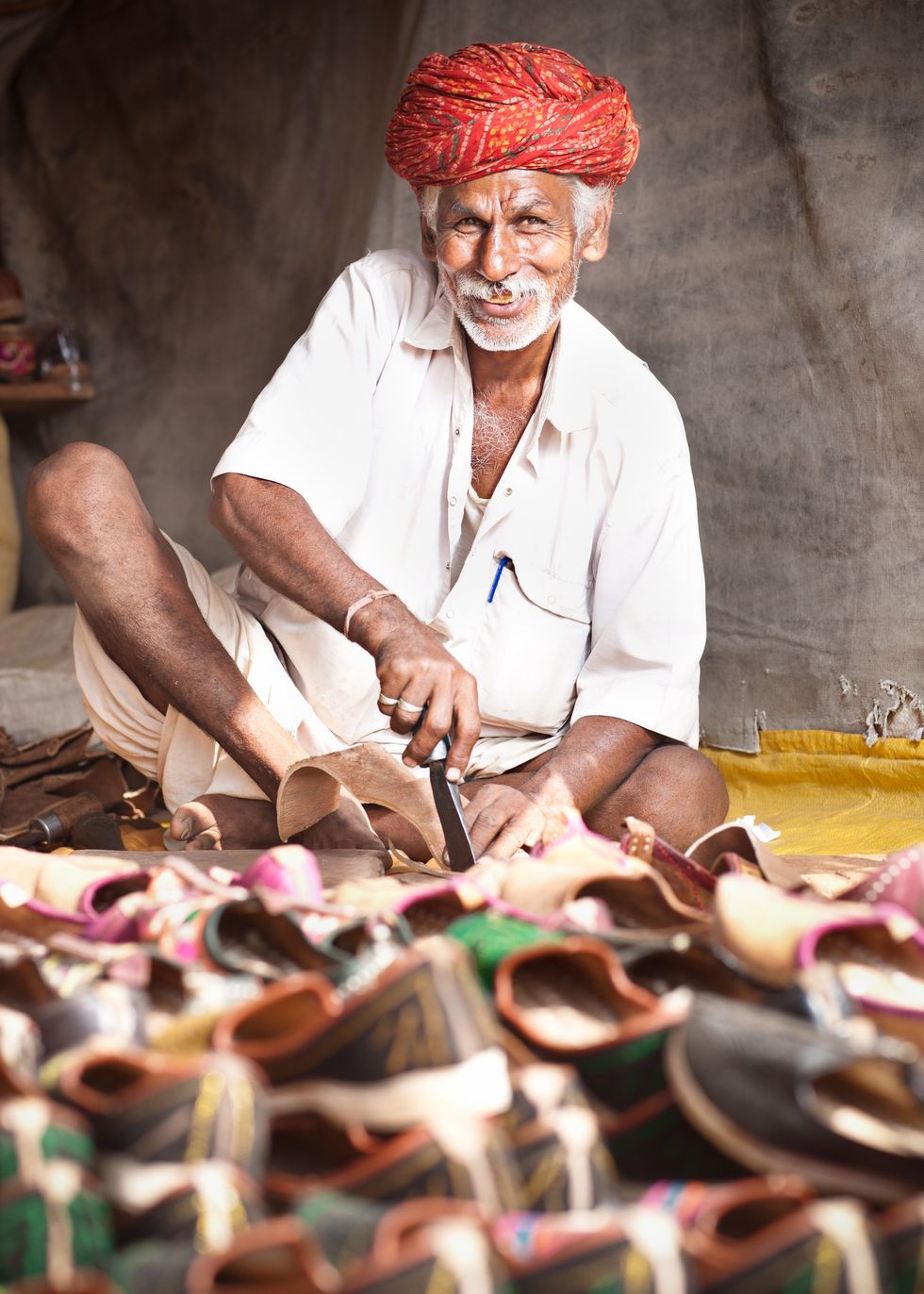THE coronavirus pandemic is expected to take a heavy toll on funding for innovation, and may well accelerate the shift in research towards Asia, the United Nations said on Wednesday (2).
"The great risk... is that innovation expenditures and the means to finance innovation will spiral downwards as the global economy grinds to something of a halt," Francis Gurry, the head of the UN's World Intellectual Property Organization (WIPO), told reporters in a virtual briefing.
He said no figures were available yet on the impact the pandemic was having on research and development spending, but there were clear indications that "money to fund innovation is drying up around the world".
The impact will be felt very unevenly, he said.
Fresh start-ups and start-up companies requiring long-term research and development investment, or based in developing countries, were likely to suffer the worst.
"This is not a very good scene at all," Gurry said.
He called on governments to broaden their support, urging them to recognise that innovative and new ideas will be vital to exiting the pandemic, and recovering through the post-Covid-19 era.
Gurry's comments came as the UN agency published its annual ranking of the world's most innovative countries, with Switzerland topping the list for the 10th year running.
But the data in the Global Innovation Index 2020, which WIPO compiles along with Cornell University and the INSEAD business school, was gathered before the onset of the pandemic.
'Eastward shift'
"We see that prior to the Covid-19 pandemic hitting, innovation and IP were flourishing," Gurry said, pointing out that global research and development spending in 2018 rose by 5.2 percent, far outperforming growth in global GDP.
The ranking closely resembled recent years' findings, with Sweden, the US, Britain and the Netherlands following Switzerland as the most innovative nations.
But while the data shows stability at the top, WIPO said it also clearly indicates that "a gradual eastward shift in the locus of innovation" is under way, with a group of Asian economies advancing up the rankings.
China, India, the Philippines and Vietnam have made the most progress on the index in recent years, with all four now among the top 50, it said.
China, which is the only middle-income economy among the top 30, is now in 14th place.
India has achieved impressive progress in rankings over the past five years. From rank 81 on the list in 2015, the country has now entered the top 50, moving up by four places last year to the 48th position.
"Thanks to universities such as the Indian Institute of Technology in Bombay and Delhi and the Indian Institute of Science in Bengaluru, and its top scientific publications, India is the lower middle-income economy with the highest innovation quality," noted the report.
Gurry acknowledged that it was difficult to know how the coronavirus crisis would impact innovation in different countries and regions.
But he said the pandemic overall appeared to be spurring an "acceleration of trends that were pre-existing", such as for instance, the virtualisation of economic activities.
"I would dare to make the very hesitant prediction that one of the trends that may be accelerated by the pandemic is indeed the movement towards Asia."





 Shefali Jariwala death raises concern over anti ageing drugs and self medication Instagram/shefalijariwala
Shefali Jariwala death raises concern over anti ageing drugs and self medication Instagram/shefalijariwala  Anti ageing pills found at Shefali Jariwala home spark health safety debate Instagram/shefalijariwala
Anti ageing pills found at Shefali Jariwala home spark health safety debate Instagram/shefalijariwala 








 Prada confirms Kolhapuri chappals inspired its 2026 Milan collectionInstagram/
Prada confirms Kolhapuri chappals inspired its 2026 Milan collectionInstagram/ Kolhapuri chappals have been crafted for centuries and received GI tag in 2019 iStock
Kolhapuri chappals have been crafted for centuries and received GI tag in 2019 iStock 
 Wintour also became synonymous with the Met GalaGetty Images
Wintour also became synonymous with the Met GalaGetty Images
